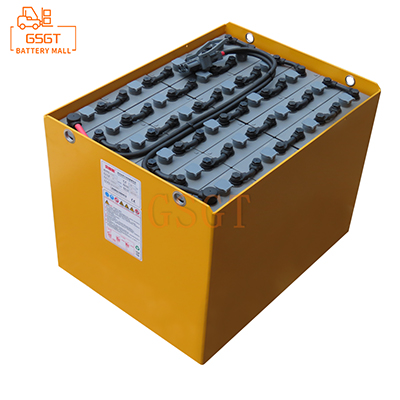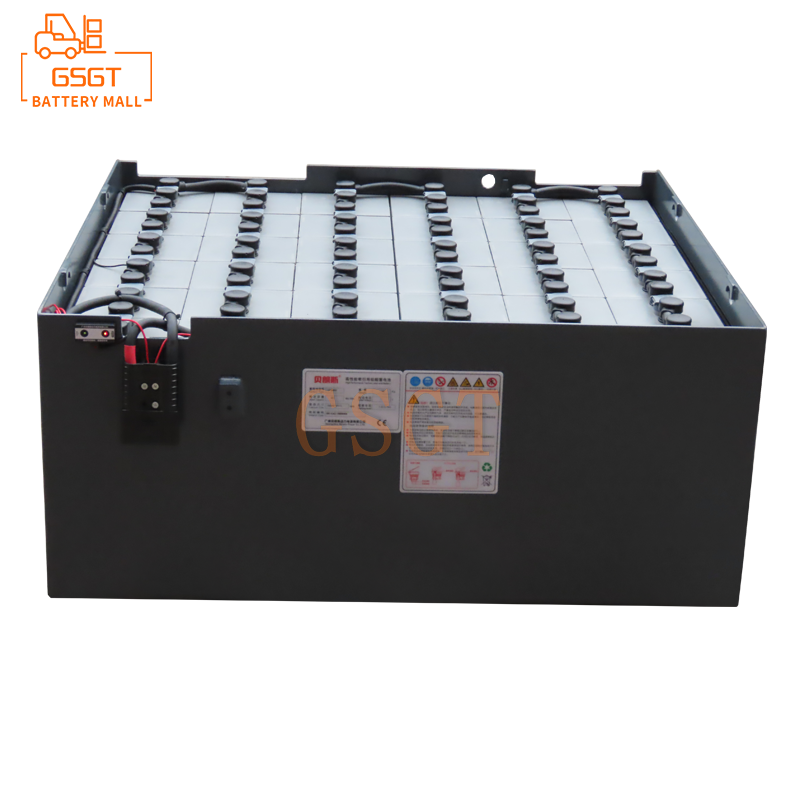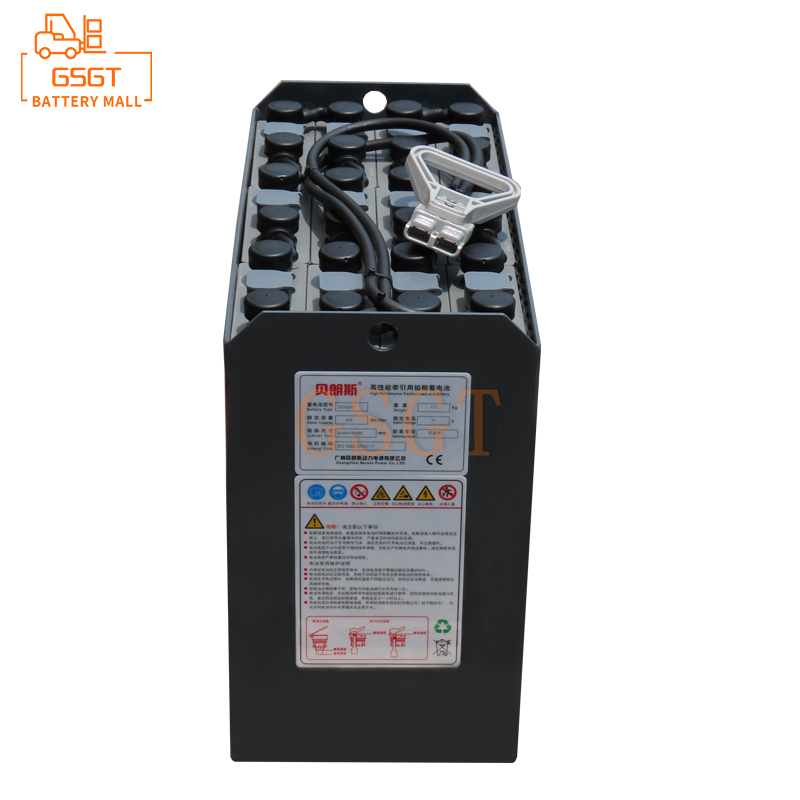Time:2025-03-25 15:16:58
Browse:604
In many scenarios of modern life and industrial production, lead-acid batteries, with their stable performance, mature technology and relatively affordable costs, are widely used in automotive start-up, solar energy storage systems, uninterruptible power supplies (UPS) and other fields, becoming an indispensable energy storage equipment. However, in the process of use, sometimes the lead-acid battery will be charged with insufficient power, which not only affects the normal operation of the equipment, but also may lead to the failure of the entire system. In-depth exploration of the common causes behind this problem is essential to maintain the performance of lead-acid batteries, extend their service life, and ensure the stable power supply of all types of equipment.
1. Battery aging and plate vulcanization
The core structure of lead-acid battery is positive and negative plate. After long-term charge and discharge cycle, the plate will inevitably appear aging phenomenon. With the increase of use time, the active substances on the plate - lead dioxide (positive plate) and spongy lead (negative plate), in the repeated electrochemical reaction, will gradually fall off from the surface of the plate, resulting in a reduction in the effective area of the plate, the active substance involved in the electrochemical reaction is reduced, and the battery capacity is reduced. At the same time, plate vulcanization problems are often accompanied. When the battery is in a state of loss of power for a long time, or at a low temperature environment, the lead sulfate in the electrolyte will crystallize on the surface of the plate, forming a hard and poor conductive sulfide covering layer, that is, plate vulcanization. This layer of sulfide hinders the ion exchange between the electrolyte and the active substance of the plate, greatly increasing the internal resistance of the battery, making it difficult for the charging current to effectively pass through, and the battery cannot accept the electricity normally, resulting in the occurrence of insufficient charge. Taking the lead-acid battery used for starting a car for many years as an example, its plate may be significantly aging and vulcanized due to frequent starting of the vehicle, long short distance driving without adequate charging and other factors, even if the charger with good performance is connected, it is difficult to restore to the full charge state.
2. Electrolyte problem
As the medium of electrochemical reaction in lead-acid battery, the state of electrolyte has great influence on battery charging performance. The electrolyte level is too low is one of the common problems, in the battery charging and discharging process, water will be due to the electrolytic reaction in the form of hydrogen and oxygen escape, if the distilled water is not added in time, the electrolyte level drops, the plate part of the liquid surface, the area involved in the electrochemical reaction is reduced, the battery capacity is reduced, naturally difficult to be fully charged. In addition, abnormal electrolyte density can also cause charging problems. Lead-acid batteries have appropriate electrolyte density ranges in different stages of use. When the density is too high, the chemical reaction speed inside the battery will be accelerated, which will lead to intensified plate corrosion and increase the internal resistance of the battery, hindering the charging process. The density is too low, which means that the sulfuric acid content in the electrolyte is insufficient, the driving force of the electrochemical reaction is weakened, and the electric energy can not be fully converted into chemical energy for storage, resulting in the battery can not be full. For example, in the lead-acid batteries of some solar energy storage systems, due to long-term outdoor environment, water evaporation is fast, and if the maintenance personnel do not regularly check and adjust the electrolyte level and density, it is easy to be charged.
3.The charger failure
As a key equipment for injecting energy into lead-acid batteries, the performance of the charger is directly related to the battery charging effect. When the charger fails, the problem of insufficient charge is easy to occur. Common charger failures include low output voltage, which may be due to damage to the voltage regulation circuit inside the charger, resulting in the inability to convert the mains to the voltage that meets the battery charging requirements, and the battery cannot obtain enough energy to complete the charging process at low voltage, and is always in a state of uncharged. In addition, the unstable output current of the charger will also affect the charging effect. If the current control element of the charger is aging or damaged, the output current is large and small, which will make the battery charging intermittently, unable to achieve continuous and stable charging, and difficult to achieve full charge. For example, in some electric vehicle chargers that have been used for many years, the internal components are easily damaged due to frequent insertion and removal, long-term working heat and other reasons, resulting in abnormal output voltage and current, and the lead-acid battery on the car cannot be fully charged.
4.Connection line problem
In the lead-acid battery charging circuit, the connecting line plays a bridge role in transmitting electric energy, and any line failure may hinder the smooth flow of current, resulting in insufficient charge. Line aging is one of the common problems, with the use of time, connecting the battery and the charger wire skin will gradually aging, cracking, the internal metal wire may also be due to oxidation, corrosion and thinning, resistance increases. According to Ohm's law, when the resistance increases, the current passing through the line at the same voltage decreases, and the electric energy reaching the battery is insufficient, resulting in charging difficulties. In addition, poor line contact is also an important reason, battery and charger connection plug, socket if there is loose, rust or dust phenomenon, will form a large contact resistance, hinder current transmission. The heat generated by the contact resistance will further aggravate the oxidative corrosion of the contact point, and in a vicious cycle, the charging current is weaker and weaker, and the battery is difficult to be fully charged. In the lead-acid battery packs used in some industrial equipment, due to frequent mobile devices causing line shaking, or long-term exposure to harsh environments, the connected line is more prone to aging and poor contact problems, affecting battery charging.
5. Battery overdischarge
Lead-acid batteries have certain requirements for the depth of discharge, excessive discharge will cause irreversible damage to the battery, and then affect the charging performance. When the depth of battery discharge exceeds its design allowable range, a large number of active substances on the plate are consumed and converted into lead sulfate, and due to excessive discharge, the concentration of sulfuric acid inside the battery is greatly reduced, and the conductivity of the electrolyte is poor. Excessive discharge may also lead to plate bending and deformation, so that the distance between the plates changes, and it is easy to short-circuit hidden dangers. The combined effect of these factors makes it difficult to restore the battery to the initial full charge state in the subsequent charging process. For example, in some emergency lighting systems, if the lead-acid battery is in a standby state for a long time, and is not regularly charged and discharged, once a long-term power failure occurs, the battery is over-discharged, even if it is charged again, it is difficult to fill, affecting the normal play of the emergency lighting function.
The unsatisfactory charge of lead-acid battery is caused by a variety of factors. From the aging of the battery itself, the abnormal state of the electrolyte, to the failure of the charger, the hidden danger of the connection line, and then to the overdischarge of the battery, the problem of every link can cause this situation. In actual use, regular maintenance inspection of the battery, including detecting the electrolyte level and density, checking the status of the plate, while maintaining the charger and connection line, avoiding overdischarge of the battery and other measures, can effectively reduce the problem of insufficient charge, ensure that the lead-acid battery always maintains good performance, and provide a solid guarantee for the stable power supply of all kinds of equipment.

$3810

$3405

$4045

$850

MESSAGE
Professional And Efficient
Security
Affordable Price
Professional Services